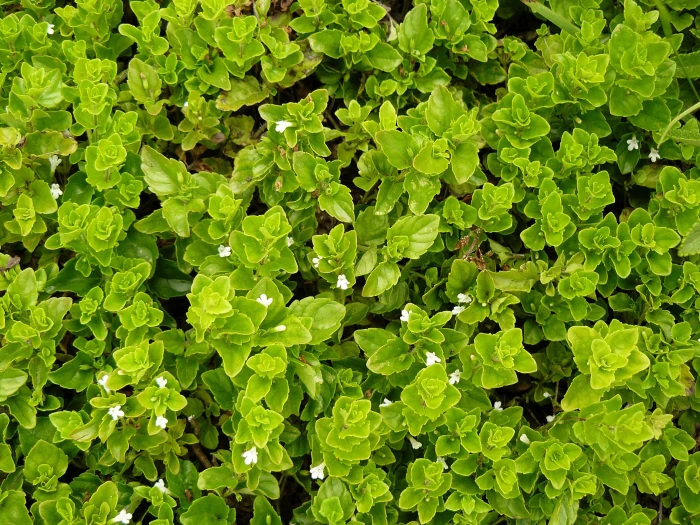Yerba Buena
(Micromeria douglasii)
Yerba Buena (Micromeria douglasii)
/
/

Joyce Cory on Flickr as docentjoyce
CC BY 2.0
Image By:
Joyce Cory on Flickr as docentjoyce
Recorded By:
Copyright:
CC BY 2.0
Copyright Notice:
Photo by: Joyce Cory on Flickr as docentjoyce | License Type: CC BY 2.0 | License URL: https://creativecommons.org/licenses/by/2.0 | Uploader: Flickr upload bot | Publisher: Wikimedia Commons | Title: Yerba_Buena_-_Clinopodium_douglasii.jpg | Notes: |





















































Estimated Native Range
Climate Requirements for Annapolis, Maryland
| This Plant | Your Site | Plant Suitability for Your Location | ||
|---|---|---|---|---|
| • Precipitation | 10" - 106" | 44" | Aquatic | Aquatic |
| • High Temp. | 40°F - 92°F | 87°F | Your summer temperatures are normal for this plant. | Excellent |
| • Low Temp. | 6°F - 52°F | 26°F | Your winter temperatures are normal for this plant | Excellent |
This plant may not grow well at your location - your precipitation is too high.
Summary
Micromeria douglasii, commonly known as Yerba Buena, is an evergreen perennial herb or subshrub native to moist woodlands, streambanks, and coastal scrub in the Western USA, particularly California, and extending into British Columbia, Canada. It typically grows to a height of 0.3-0.7 feet (0.09-0.2 meters) and spreads 3-6 feet (0.9-1.8 meters) wide, forming a dense, aromatic ground cover. The leaves are small, rounded, and emit a pleasant spearmint-like fragrance when crushed. Yerba Buena produces tiny, tubular, pale lavender to white flowers in the spring and summer, which are not particularly showy but attract pollinators.
Yerba Buena is valued for its aromatic foliage and its use as a traditional medicinal herb by indigenous peoples. It is often used in gardens for ground cover, in rock gardens, or as a fragrant addition to herb gardens. This plant thrives in part shade to full sun, prefers moist, well-drained soils, and tolerates a range of soil types, including clay. It is drought-tolerant once established and requires low to medium amounts of water. While it is not known for serious pest or disease problems, it can become invasive outside its native range, so gardeners should be cautious about planting it in areas where it may spread uncontrollably.CC BY-SA 4.0
Yerba Buena is valued for its aromatic foliage and its use as a traditional medicinal herb by indigenous peoples. It is often used in gardens for ground cover, in rock gardens, or as a fragrant addition to herb gardens. This plant thrives in part shade to full sun, prefers moist, well-drained soils, and tolerates a range of soil types, including clay. It is drought-tolerant once established and requires low to medium amounts of water. While it is not known for serious pest or disease problems, it can become invasive outside its native range, so gardeners should be cautious about planting it in areas where it may spread uncontrollably.CC BY-SA 4.0
Plant Description
- Plant Type: Herb, Subshrub
- Height: 0.5-1 feet
- Width: 1-3 feet
- Growth Rate: Moderate
- Flower Color: N/A
- Flowering Season: Spring, Summer
- Leaf Retention: Evergreen
Growth Requirements
- Sun: Full Sun, Part Shade
- Water: Medium
- Drainage: Slow, Medium
Common Uses
Bee Garden, Deer Resistant, Drought Tolerant, Fragrant, Groundcover, Low Maintenance, Potted Plant
Natural Habitat
Moist woodlands, streambanks, and coastal scrub in the Western USA and British Columbia
Other Names
Common Names:
Scientific Names: Clinopodium douglasii, Satureja douglasii, Micromeria douglasii, Micromeria chamissonis, Micromeria barbata, Satureja chamissonis, Thymus chamissonis, Thymus douglasii
GBIF Accepted Name: Micromeria douglasii Benth.